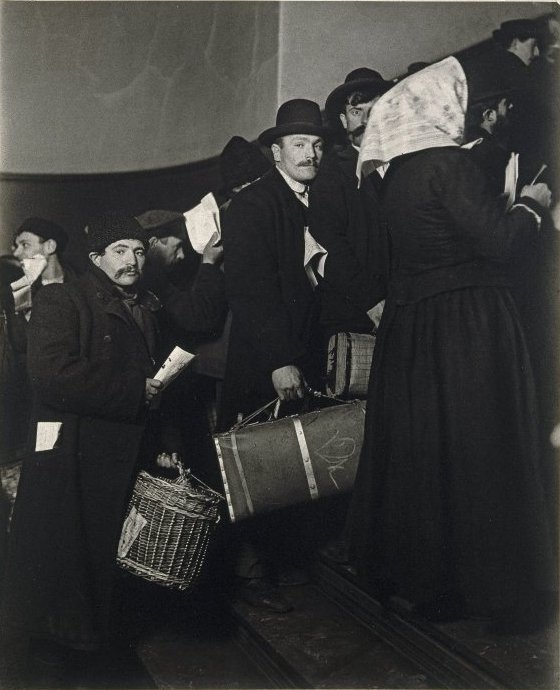
Figure 1 – Lewis Wickes Hine, “Climbing to the Promised Land, Ellis Island, New York City. c 1908” From the Wikipedia, from the Brooklyn Museum and in the public domain because of its age.
Well shame on me for not probing a little deeper, for not exploring the next hyperlink. Yesterday I posted a photograph of young oyster shuckers from the US Library of Congress. What I didn’t realize was that this was a photograph by Lewis Wickes Hine (1874 – 1940). Hine was an American sociologist, who used his camera to effect social reform. Yes, you guessed it, his photographs were instrumental in changing child labor laws in the United States. Born in Oshkosh, Wisconsin, Hine studied sociology at the University of Chicago, Columbia University and New York University. He subsequently became a teacher at New York City’s at the Ethical Culture School, where he encouraged his students to use photography as an educational medium. Significantly, Hine would lead his sociology classes to Ellis Island photographing immigrants as they arrived in the New World.
I have chosen one of these examples as Figure 1 as illustrative of Hine’s work on a different but important subject. It is currently in the Brooklyn Museum and is entitled “Climbing into the Promised Land Ellis Island.” The climbing part is very evident in the image and I think connotes two points. First, this last step towards becoming Americans was a difficult one for many immigrants. It was by no means an assured moment. Many were turned away for medical and political reasons. But those who made it were reborn, resurrected. The Brooklyn Museum is famous for its Egyptology collection and I think it not so far fetched to recall as related the ancient Egyptian journey of the dead to the afterlife, a journey of testing and ultimately if you were worthy of resurrection. The second point about climbing is one that Joseph Campbell made in his comparative mythology studies. Sacred place exists on a higher plane. You walk up into a church to achieve the sacred and then descend back down to Earth to return to the profane.
Yesterday’s image from the Maggione Cannery still haunts me and probably always will. Hine was a pioneer in social photographic activism. The most effective photographs of this genre never cease to evoke empathy and sympathy. They are sacred in that they reveal the subjects’ souls, pains, hopes, and aspirations in their eyes. Look into those eyes. Are they your ancestors, mine,…?
